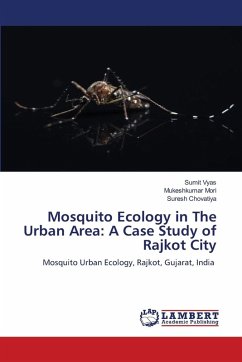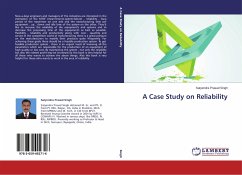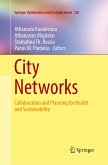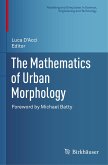The study investigates mosquito ecology in Rajkot City, Gujarat, India, focusing on species diversity, breeding habitats, and adult resting preferences in an urban setting. A total of nine mosquito species across four genera were identified through larval and adult sampling conducted between January 2006 and December 2007. Breeding habitats included domestic water containers, drains, and natural water bodies, with species-specific preferences observed. Seasonal variation in larval and adult densities showed peak populations during monsoon and post-monsoon months, influenced by rainfall, temperature, and humidity. High densities of Culex quinquefasciatus and Anopheles stephensi indicate a substantial vector risk. The study highlights the importance of environmental management, community awareness, and integrated vector control strategies for effective mosquito control in urban areas like Rajkot. 'Prevention is better than a cure'.
Bitte wählen Sie Ihr Anliegen aus.
Rechnungen
Retourenschein anfordern
Bestellstatus
Storno








